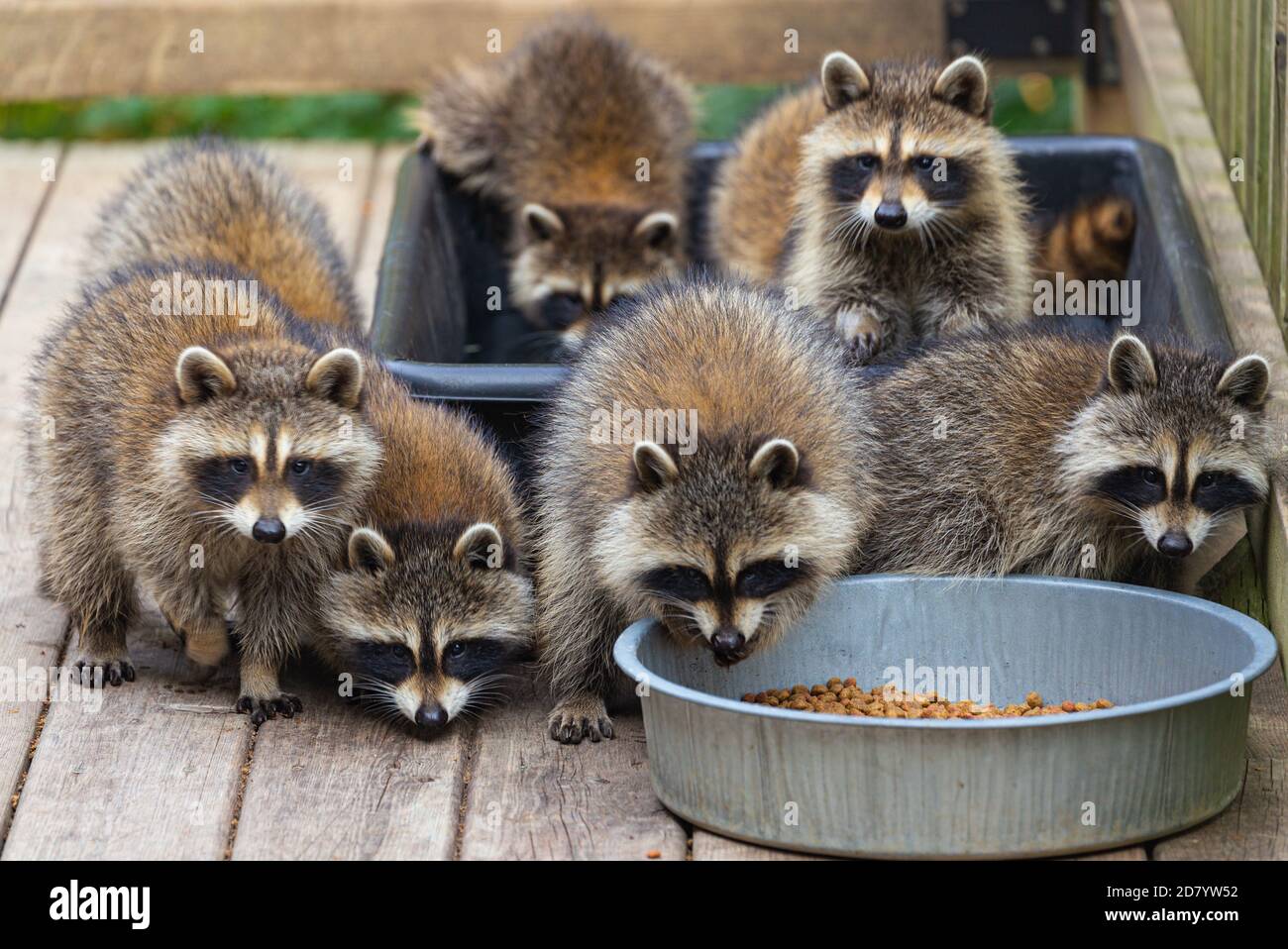
The Fascinating Behavior of Raccoons
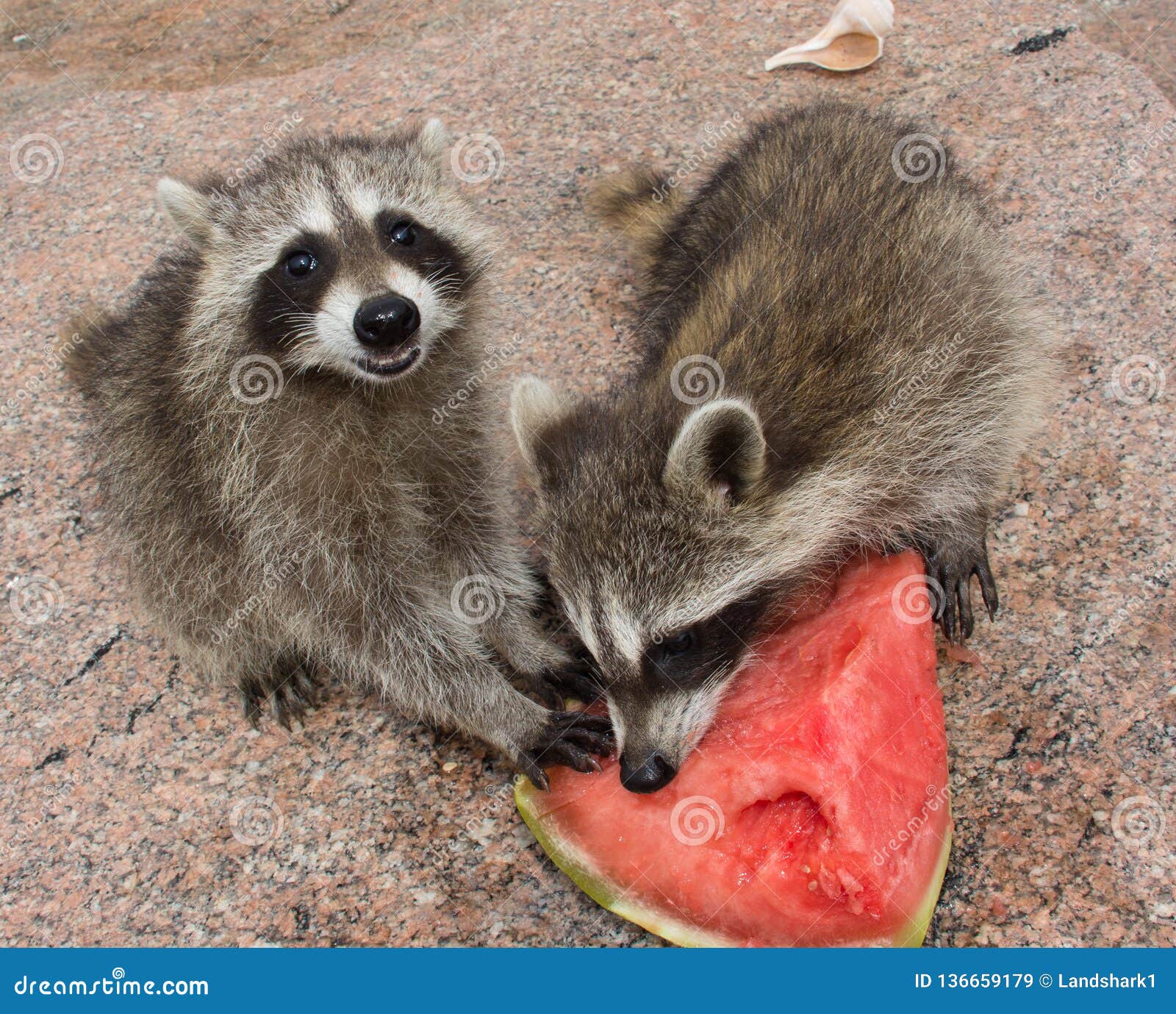
Raccoons are intriguing creatures that captivate our attention with their unique behaviors. One such behavior is their eating habits, which can be both entertaining and educational to observe. In this article, we will explore the fascinating world of raccoons and their eating habits.
What Do Raccoons Eat?
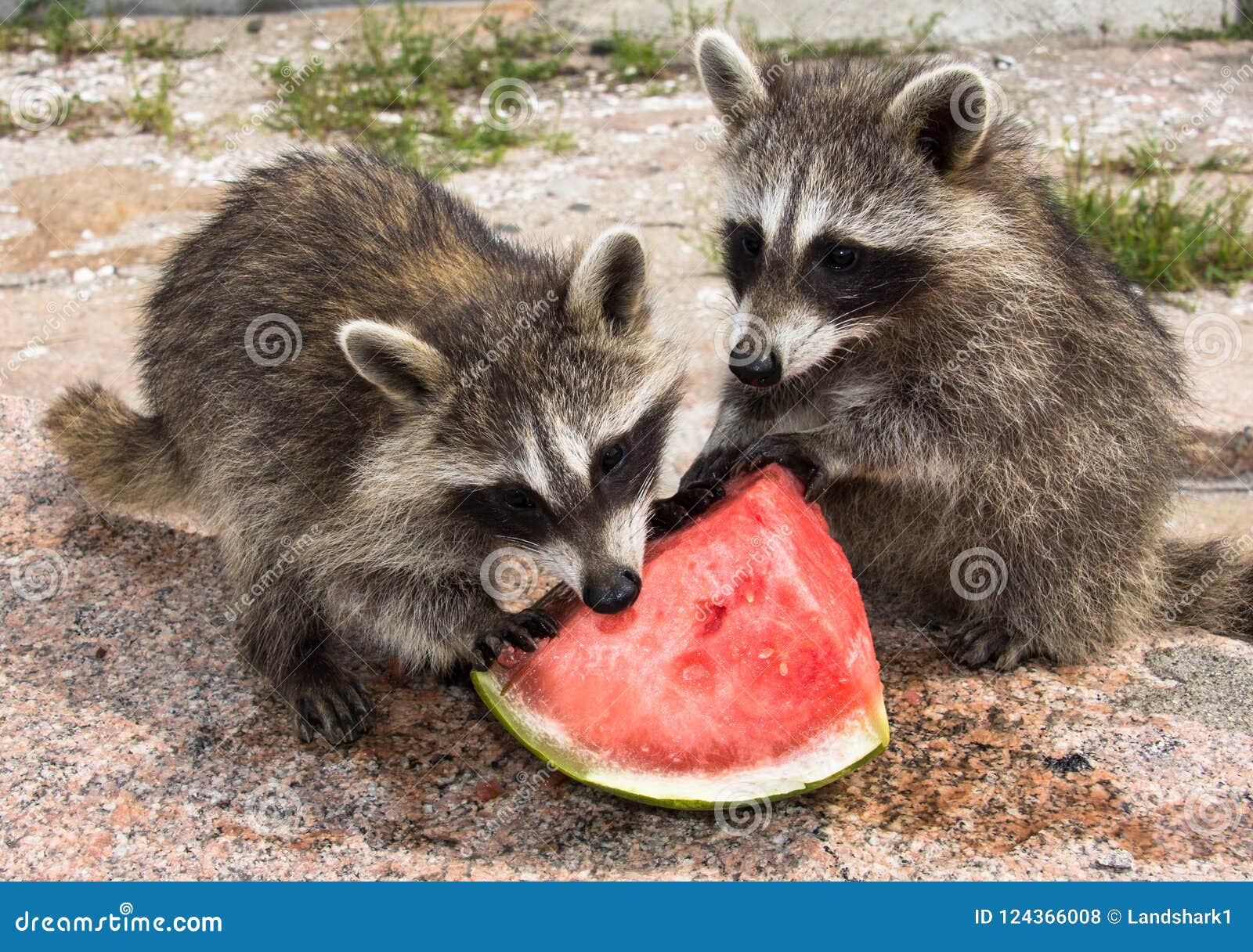
Raccoons are omnivorous animals, meaning they have a diverse diet consisting of both plant and animal matter. They are opportunistic feeders and will eat whatever is available to them. Their diet primarily includes fruits, nuts, berries, insects, small rodents, bird eggs, and even garbage. This adaptability allows raccoons to thrive in various environments, from urban areas to forests.
Feeding Habits of Raccoons
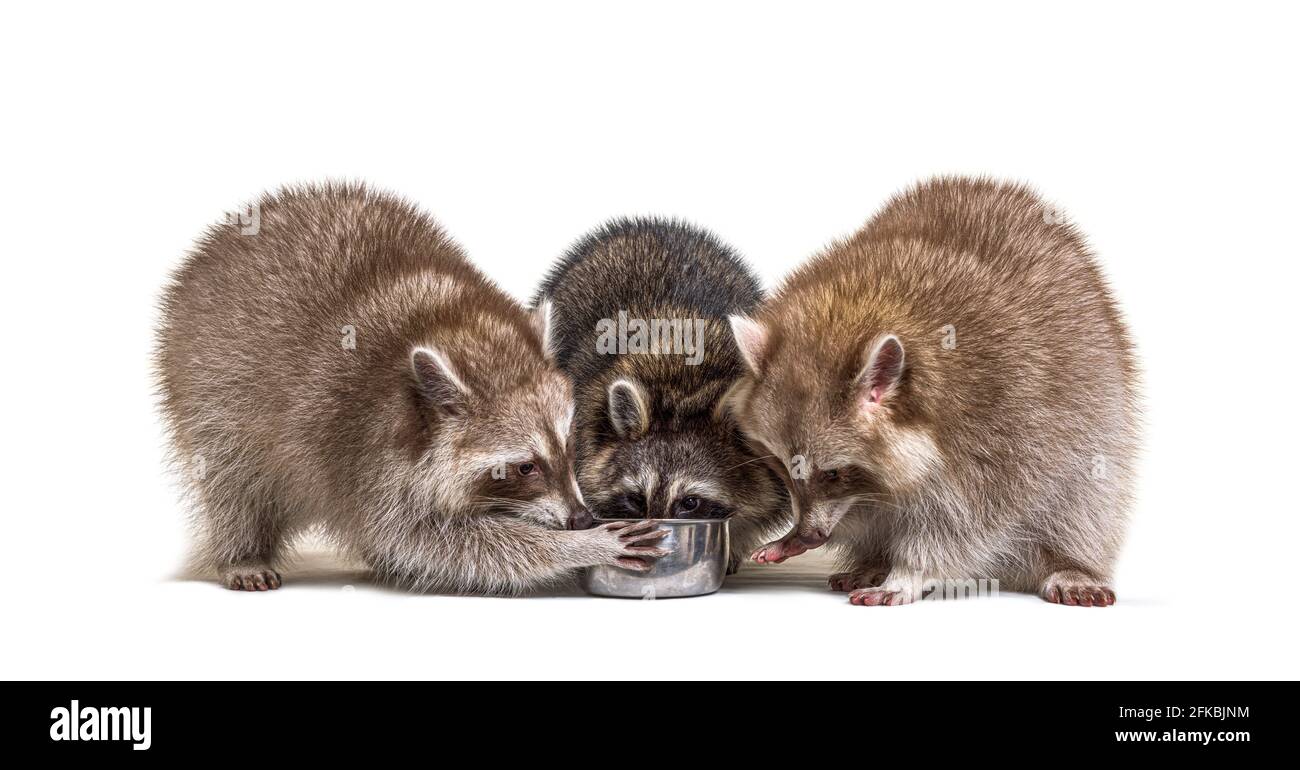
Raccoons are primarily nocturnal creatures, which means they are most active during the night. This behavior extends to their feeding habits as well. They have excellent night vision and sharp senses that aid them in locating food sources in the darkness. Raccoons are known to be solitary feeders, but they may occasionally gather in small groups, especially when food is abundant.
Eating Techniques and Adaptations

Raccoons have unique physical adaptations that enable them to access various food sources. Their front paws are incredibly dexterous, almost resembling human hands, which allows them to manipulate objects and open containers. This skill is particularly useful when raiding garbage cans or foraging for food in tight spaces.
One of the most iconic images of raccoons is their habit of washing their food. This behavior, known as "dousing," involves moistening their food in water before consuming it. While the exact reason behind this behavior is not fully understood, it is believed to enhance their tactile sensitivity, making it easier for them to detect and handle food items.
Raccoon Feeding Sites
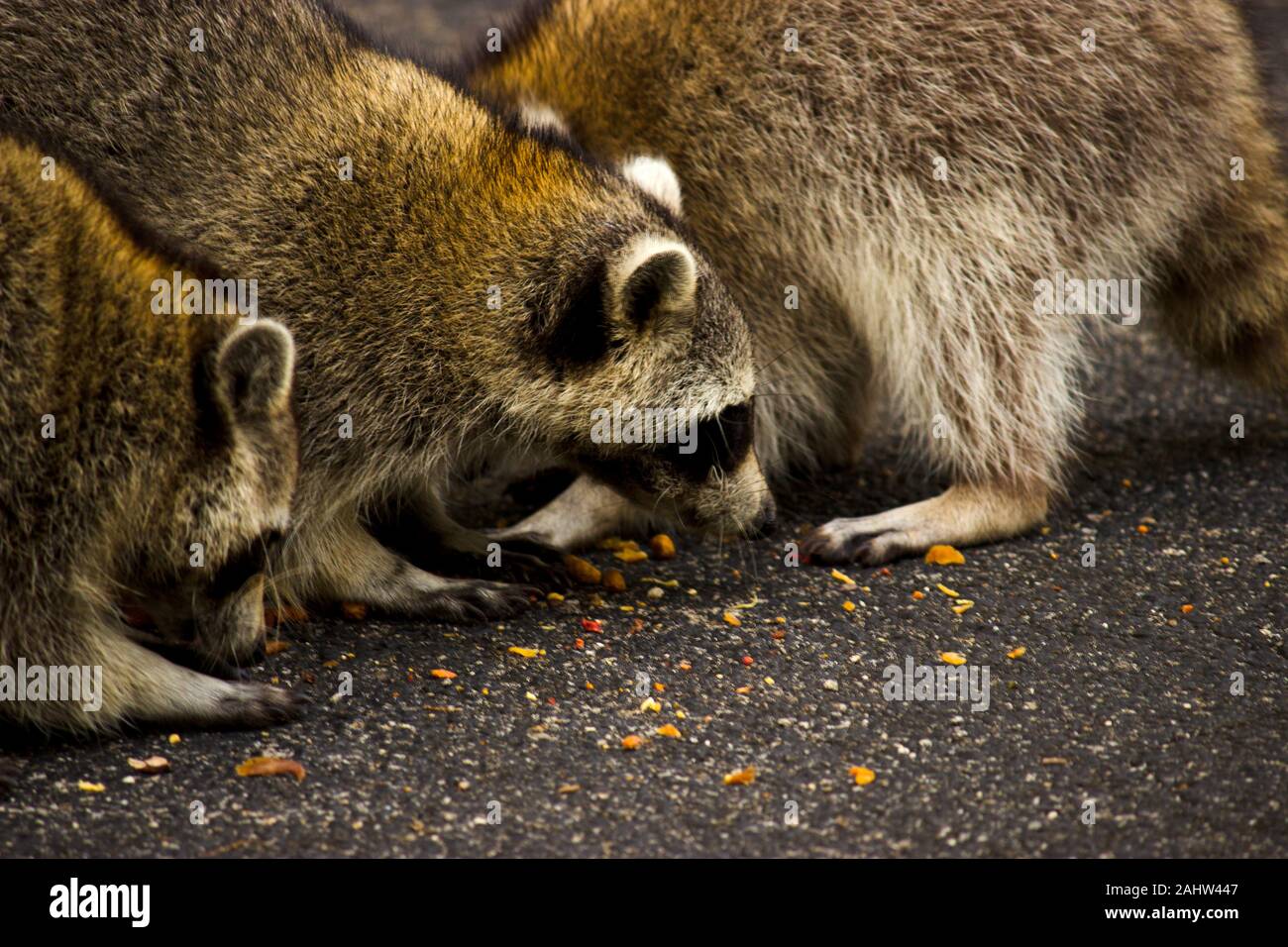
Raccoons are highly adaptable creatures and can be found in various habitats, including forests, wetlands, and urban areas. Each habitat offers different feeding opportunities for raccoons. In natural environments, they rely on foraging for fruits, nuts, and small animals. However, in urban areas, raccoons often scavenge for food in garbage cans and dumpsters, taking advantage of human settlements.
Impacts of Raccoon Feeding
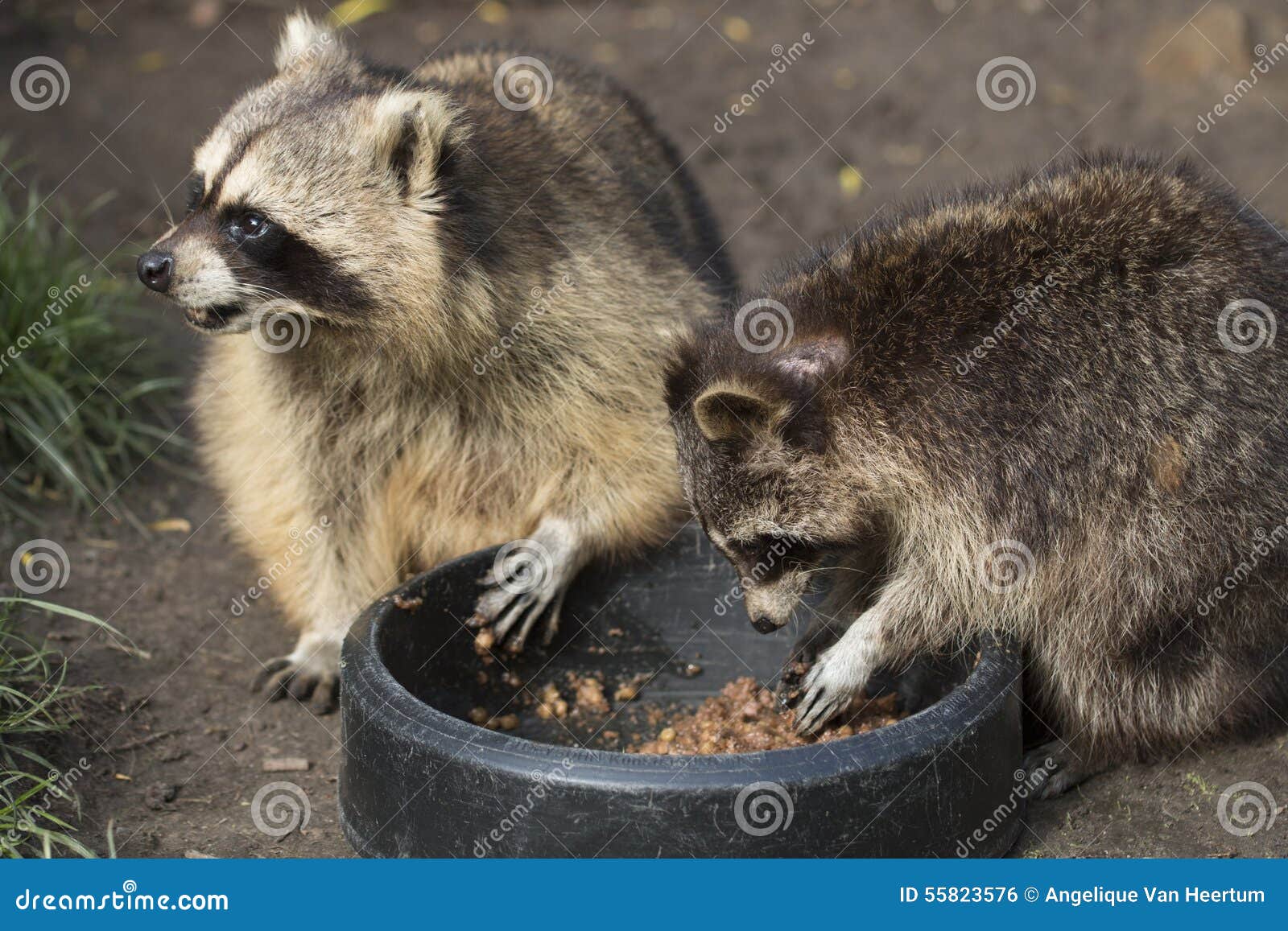
Raccoons play an essential role in maintaining the balance of ecosystems by regulating populations of small animals and insects. However, their scavenging behavior in urban areas can lead to conflicts with humans. It is important to secure garbage cans and limit access to food sources to prevent raccoons from becoming dependent on human-provided food.
Conclusion
Observing raccoons eating can be a delightful experience that offers insights into their adaptability and resourcefulness. Whether they are foraging in the wild or scavenging in urban environments, raccoons showcase their intelligence and survival skills. By understanding their eating habits, we can appreciate these fascinating creatures even more.